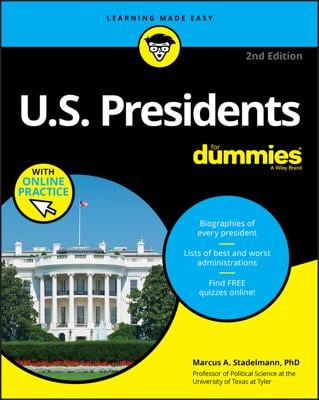In 1824, a crusty military-man-turned-politician named Andrew Jackson lost a hotly contested and controversial election to John Quincy Adams. In 1828, Jackson avenged the loss after one of the sleaziest campaigns (by both sides) in U.S. history.
As president, Jackson found himself confronted by a theory — most eloquently championed by South Carolina Sen. John C. Calhoun — called nullification. It held that states could decide for themselves which federal laws they did and did not have to obey. The theory served to deepen the divide between North and South.
A confrontation over the theory arose in 1832, when South Carolina decided it wouldn’t recognize a new federal tariff. Livid with anger, Jackson threatened to send federal troops to enforce the law. Fortunately, cooler heads prevailed, and a compromise postponed a showdown over the issue.
Reelected in 1832, Jackson tried to sink the country’s only nationwide bank by ordering the withdrawal of all federal funds. Jackson viewed the bank as a tool of corrupt Eastern financiers. But sagging land sales and bank panics drove the national economy into recession.
Recession or not, Americans were busy coming up with ways to make life better. Improvements in equipment triggered a boom in railroad building. The development of steel plows and rolling harvesters greatly enhanced grain production. And the invention of the telegraph signaled the start of a national communications medium.
Down in Texas, meanwhile, American expatriates led a successful revolt against Mexico and then waited for nine years to become part of the United States. The annexation of Texas, in turn, helped start another war.

